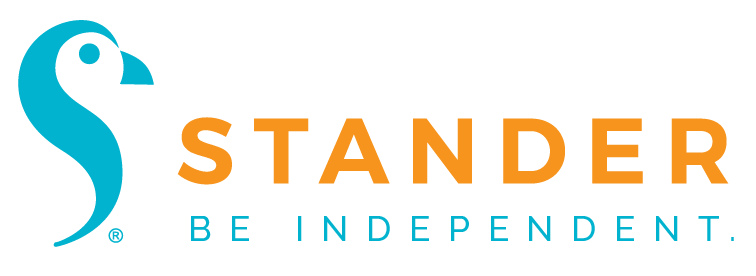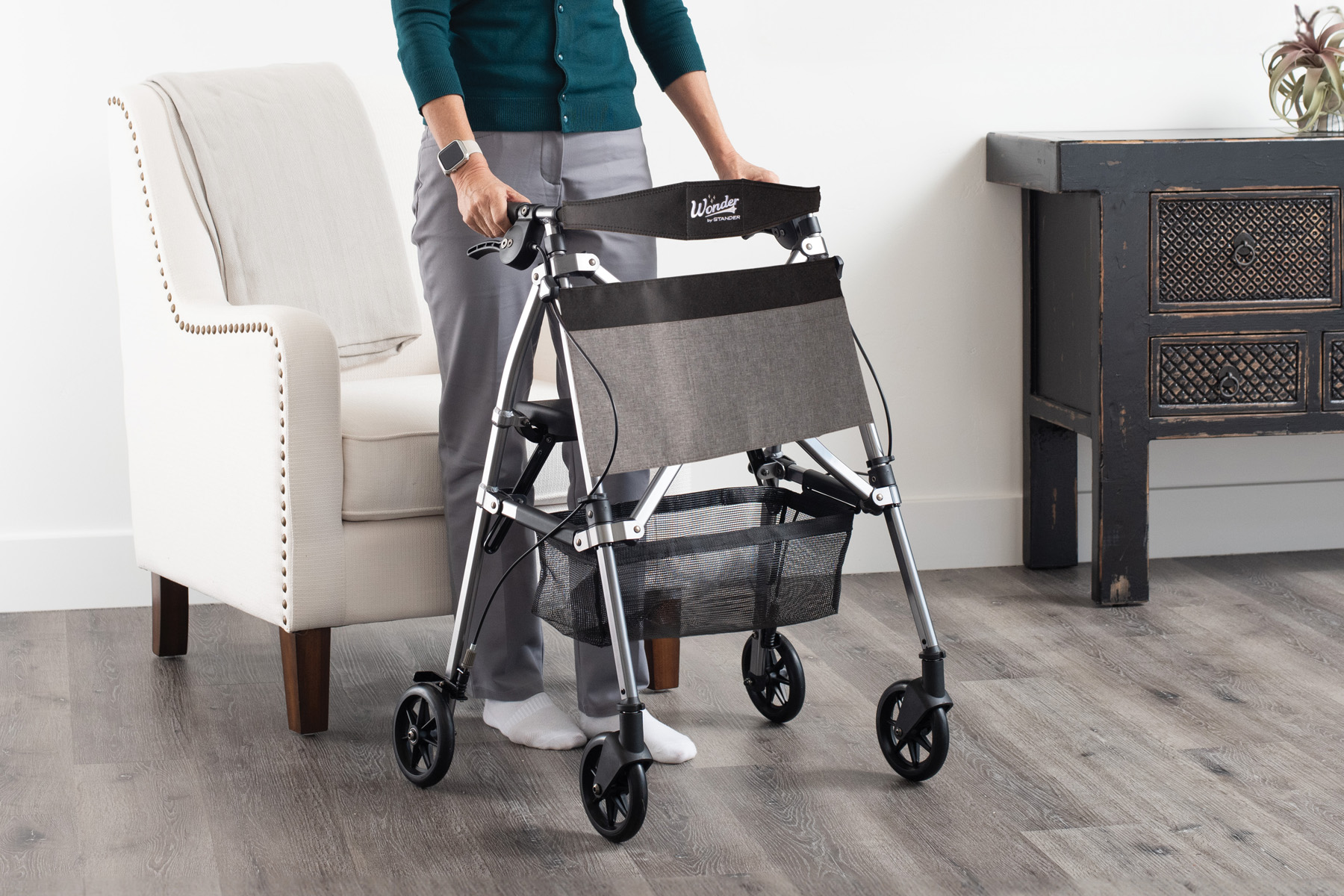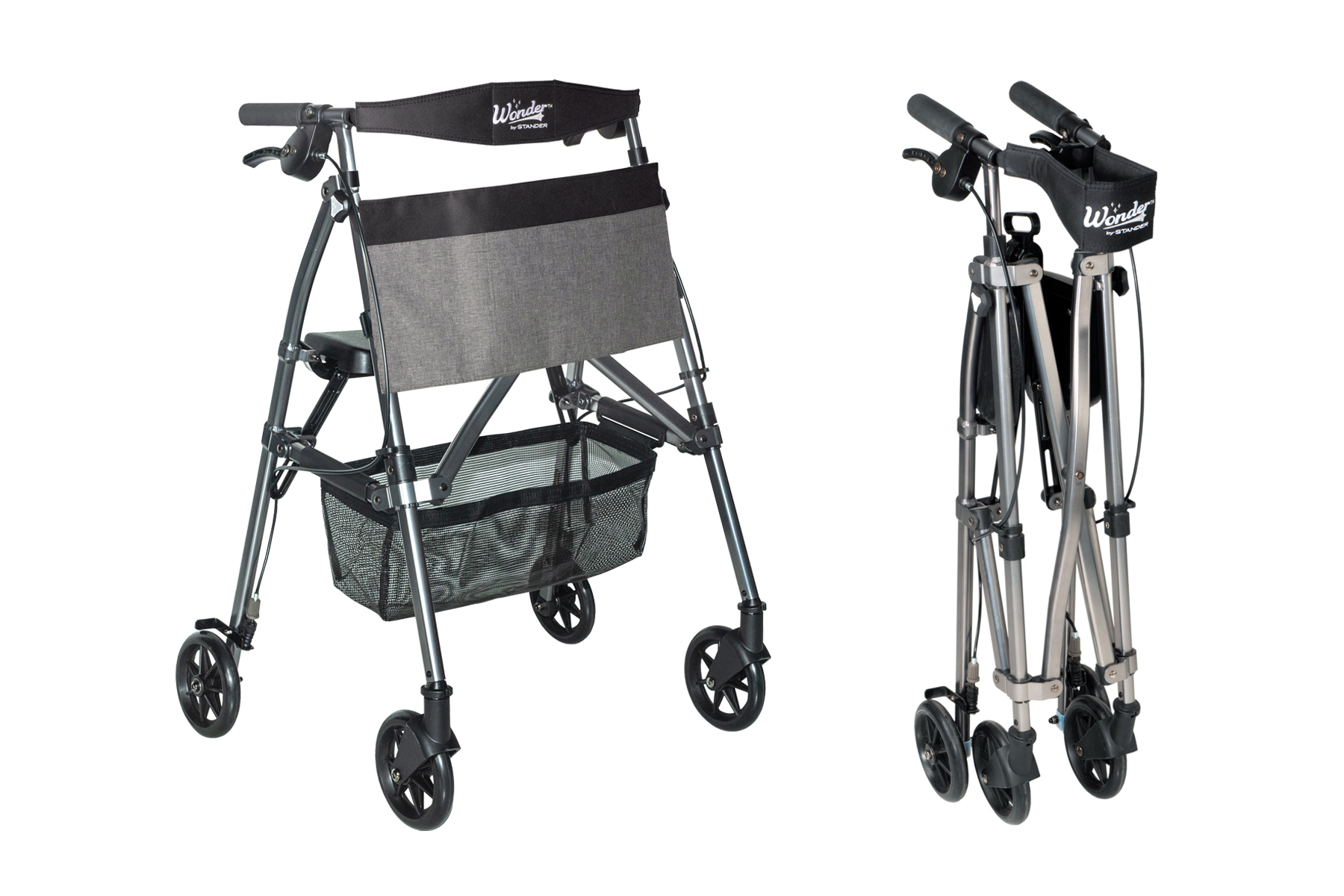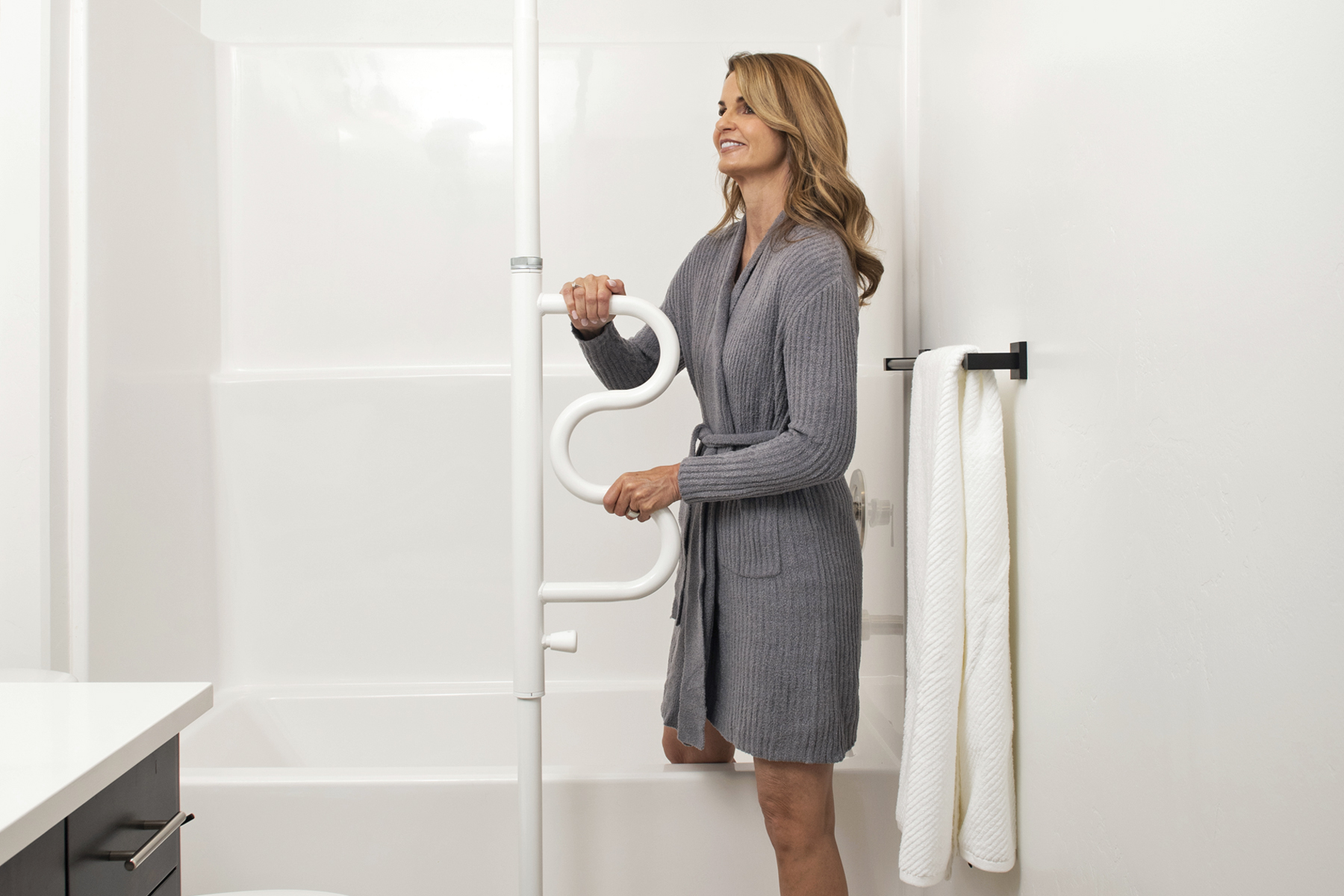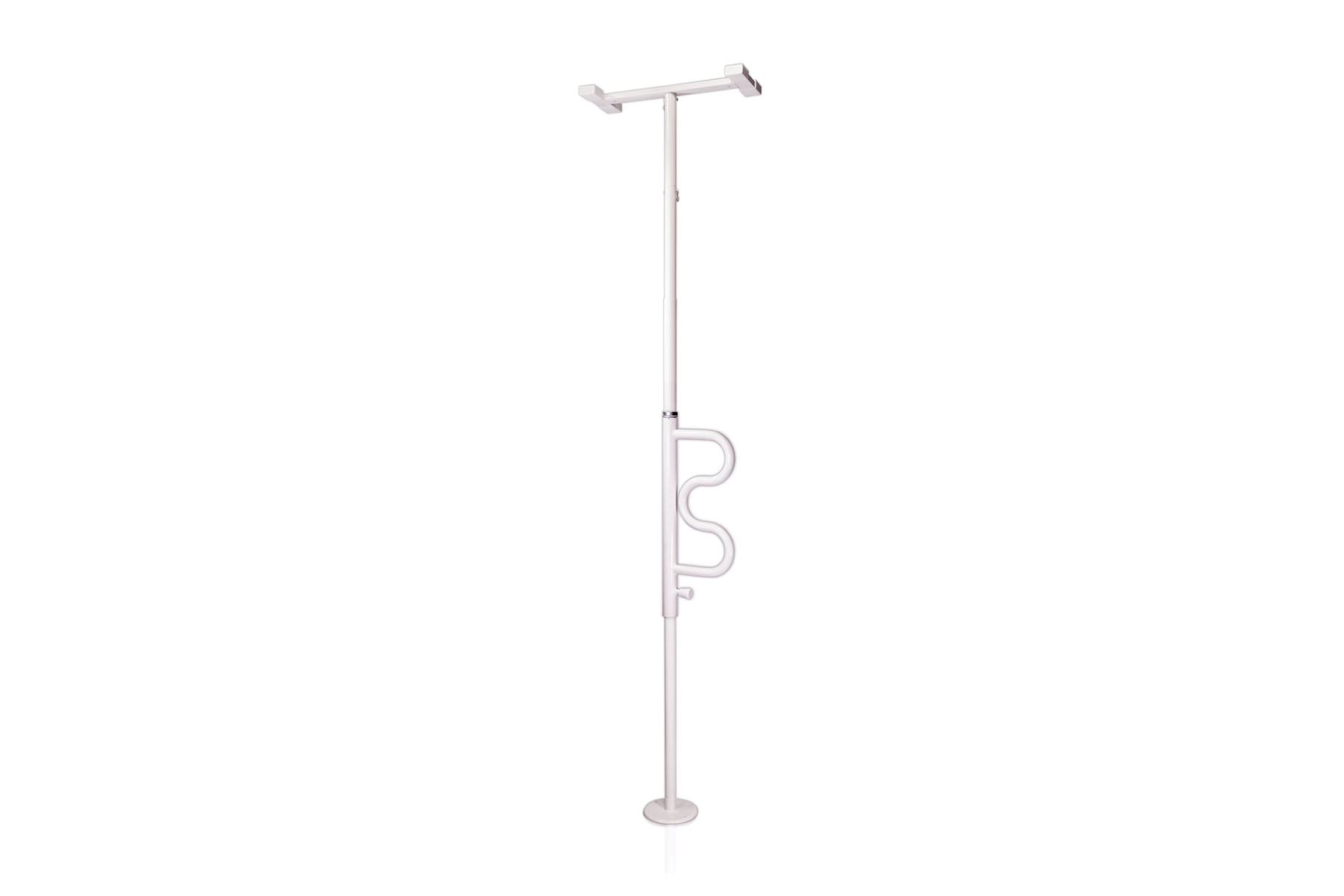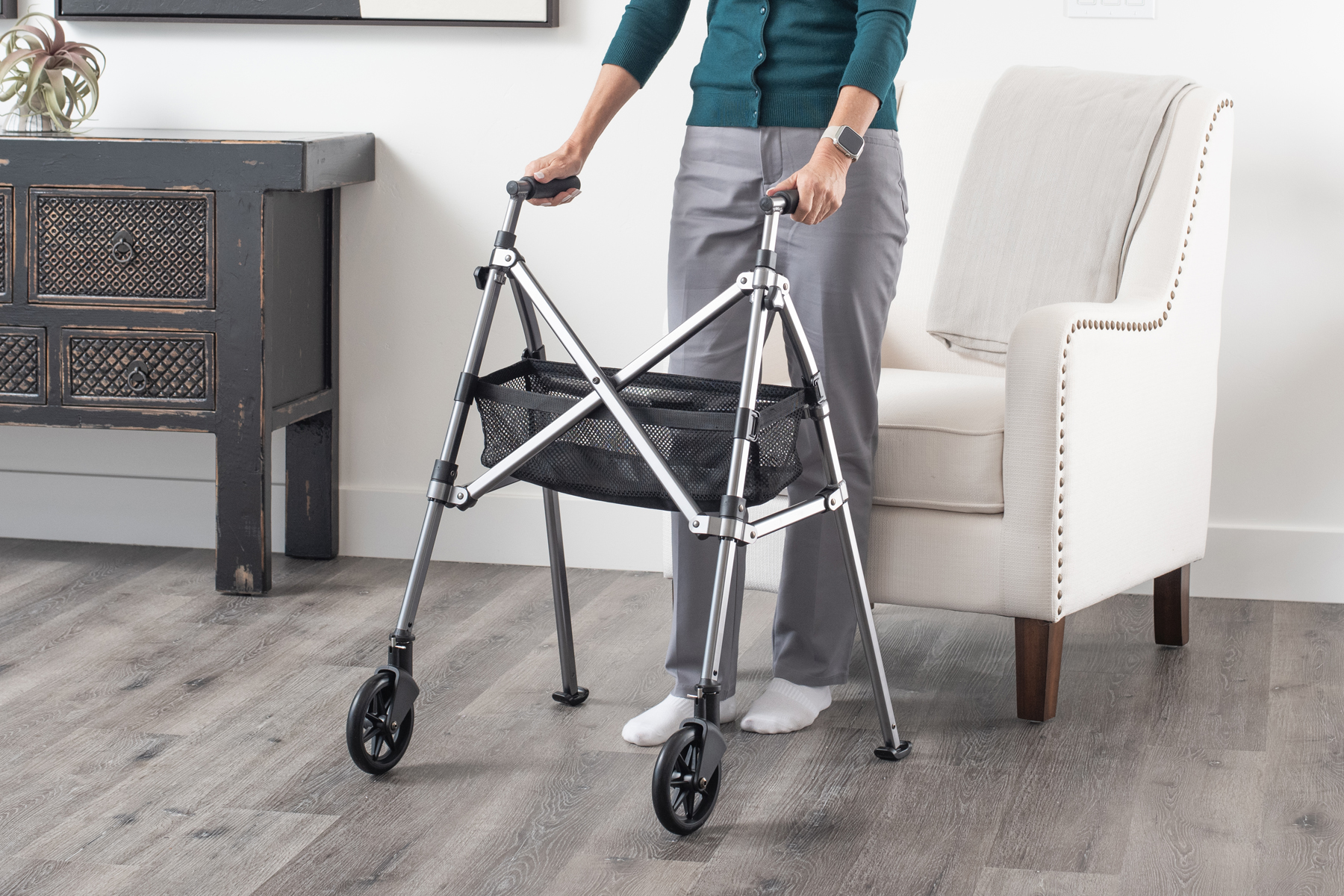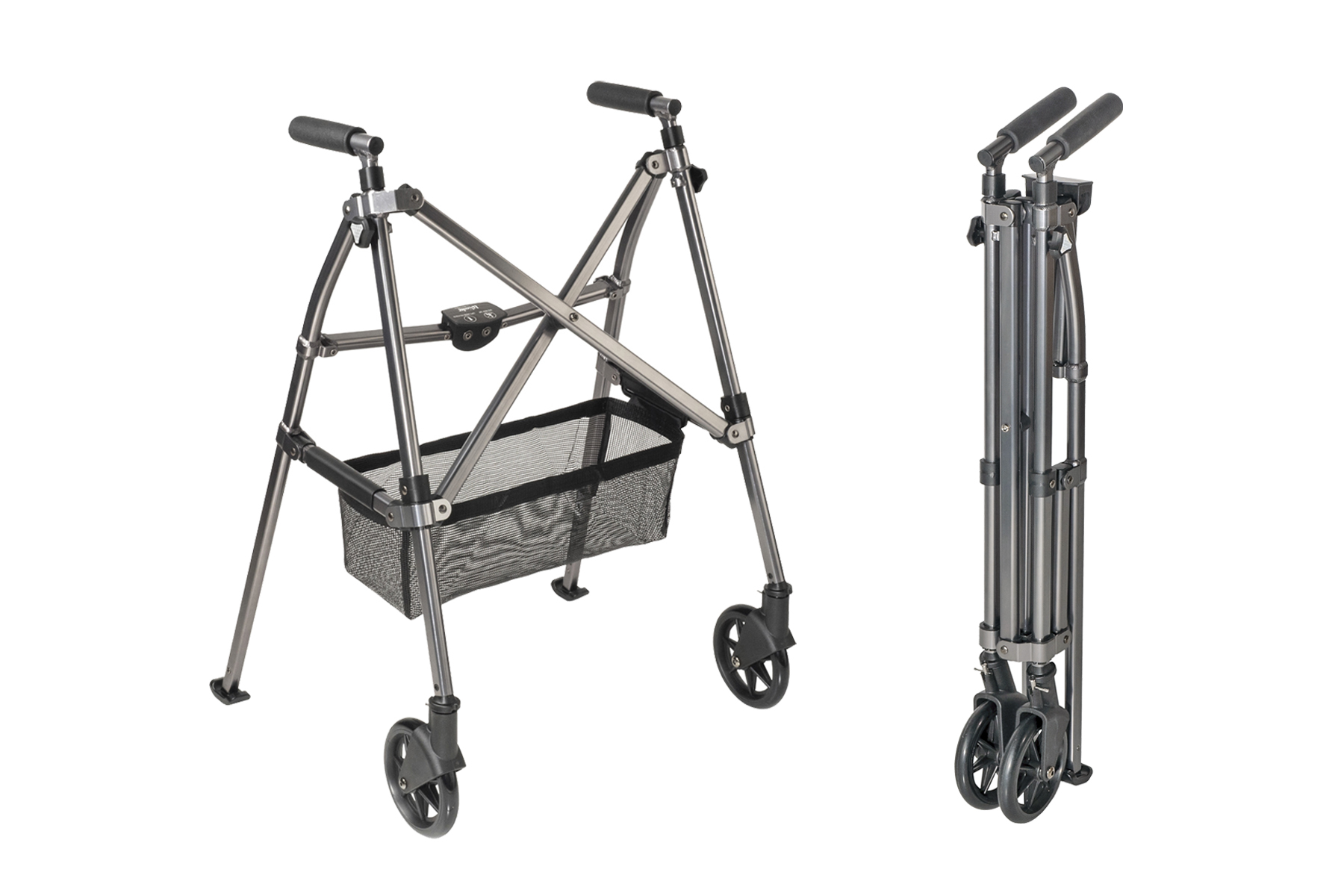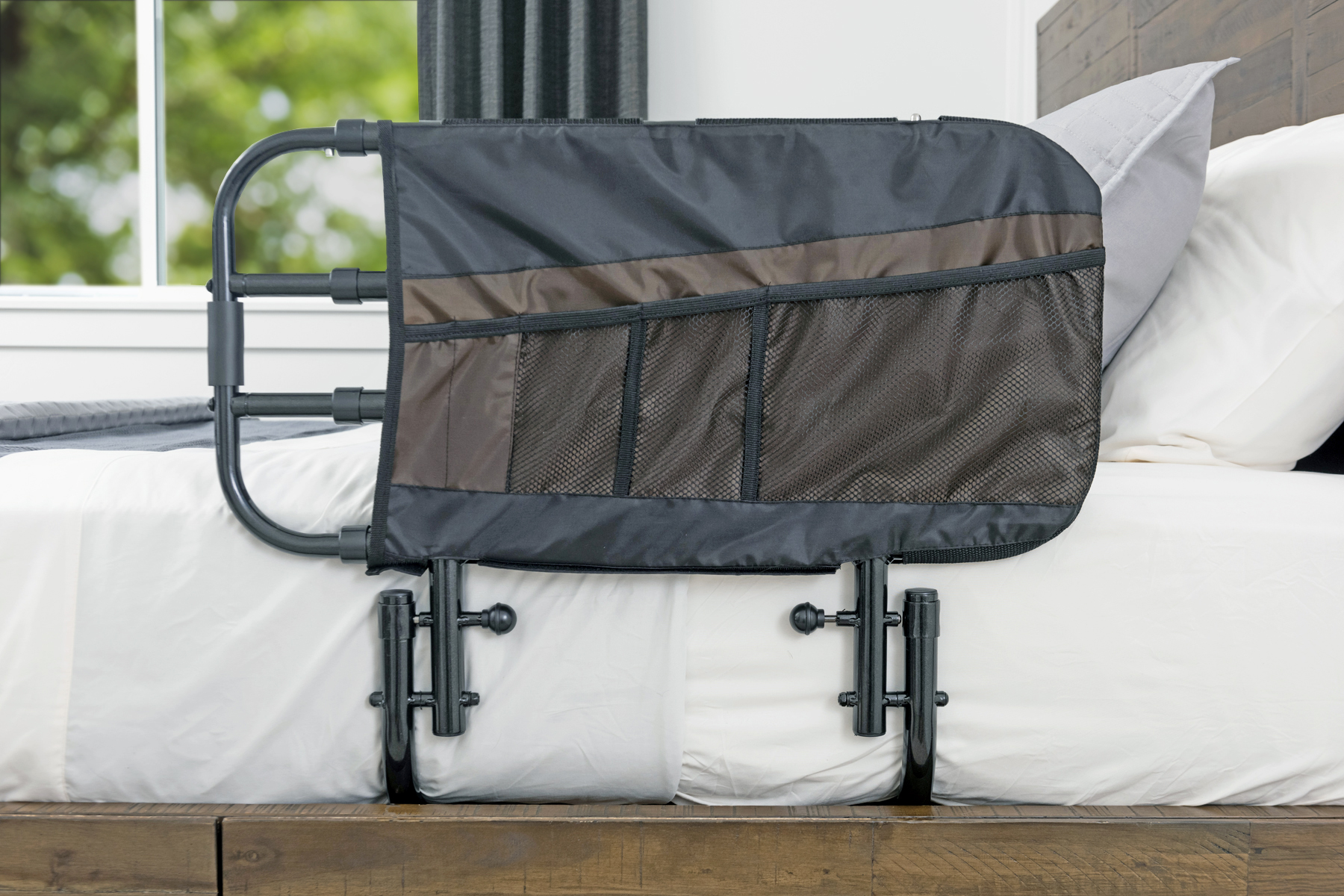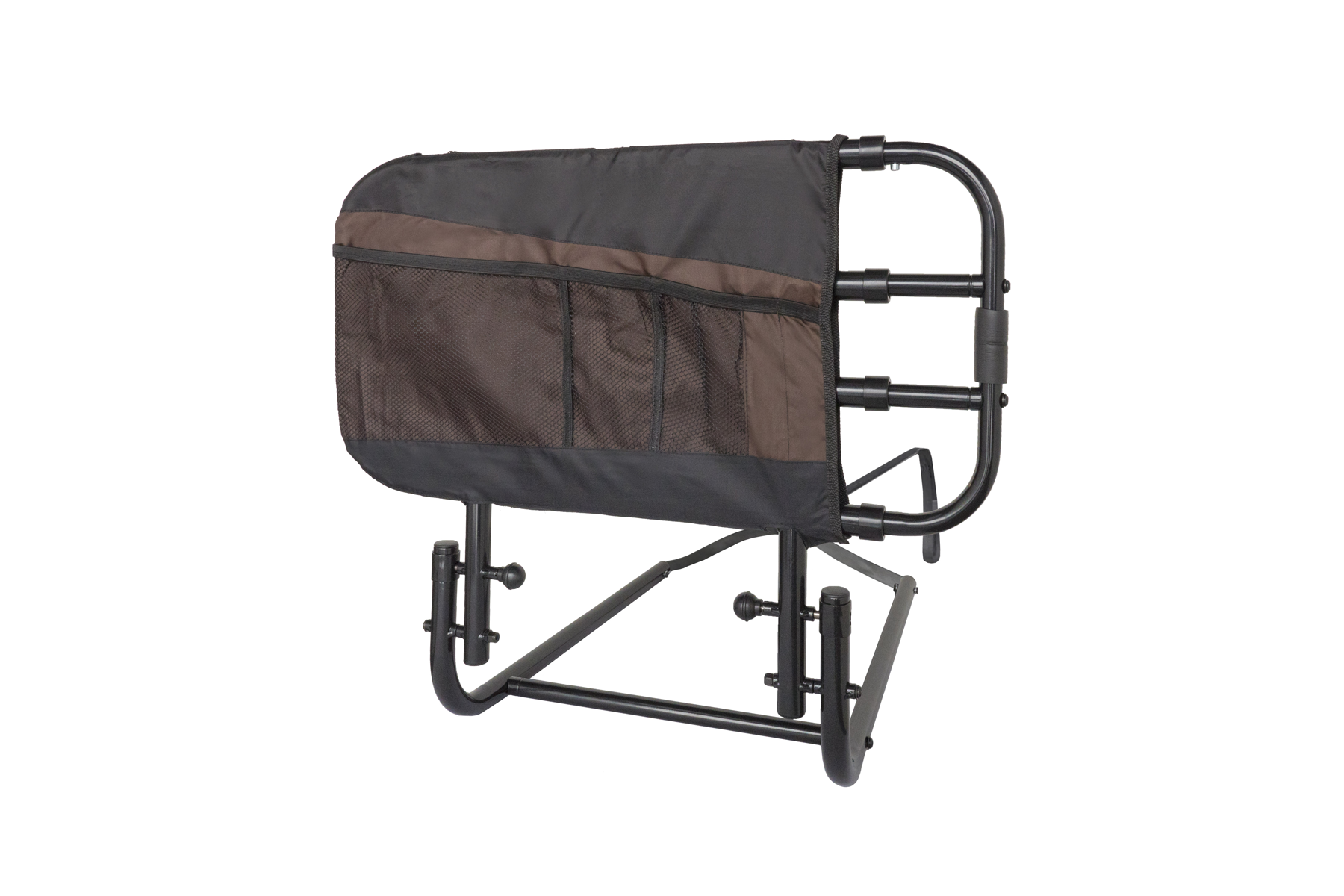Each year, over 30 million adults experience a fall resulting in over 30,000 deaths. What does that mean? Adults over the age of 65 have a one in four chance of falling within the next year. Falls can lead to serious injuries, such as head trauma and hip fractures, leading to growing hospital bills and other medical expenses. Every aging adult is vulnerable to falls, and the cost associated with them is shockingly high! When broken down, it is easy to see that preventing fall injuries is far most cost effective than dealing with them after the fact.
Simply put, you cannot afford NOT to take preventative actions against falls.
Subscribe to our Newsletter
Error: Contact form not found.
The Financial Cost of a Fall
The numbers associated with the economic impact of falls may surprise you. The estimated costs of a fall have steadily grown since the turn of the century. 15 years ago, associated costs with a fall totaled over $19 billion. Eight years later, the costs of falls had risen to an estimated $31 billion. By 2020, the cost of falls had more than doubled, with a reported cost of $67.7 billion.
Medical costs were calculated to include hospital and nursing home fees, doctors and other professional services, and the use of prescribed medications and medical equipment. They do not, however, include other indirect costs as a result of falls, such as disability, loss of earnings, and poor quality of life.
The Effect of Falls on Patients
While significant, the financial expenses of a fall are not the only costs that should be weighed. Certainly we cannot underestimate the physical and psychological impact of a fall on an individual. Even in non-fatal falls, injuries may be sustained that require extended time for physical and emotional healing. In many cases, patients may never fully heal physically. Falls may result in a permanent disability or reduced function which necessitate moving away from home or adapting to living with mobility issues.
Most seniors who experience a fall live the remainder of their lives with a fear of falling again. Post-fall syndrome, as it is called, can even be found in older adults who haven’t experienced a fall but have seen the effects on others. Such fear often leads to a loss in confidence and the avoidance of activity. Daily tasks that were once easy now become dangerous. In some cases, the fear of falling can become paralyzing, making it impossible to enjoy their previous lifestyle.
The Cost of Home Modification
Most homes are not instantly equipped for fall prevention. One of the greatest barriers of aging in place at home is determining whether home is an environment conducive to aging. To combat the risks of falling, many senior homeowners are taking steps to remodel their homes. On average, a homeowner will spend $3,000 to $15,000 for home modification. The bathroom tends to be the costliest room for modification. On average, seniors will pay $9,500 to add a walk-in shower with safety grab bars and a universal height toilet and sink. Additionally, replacing faucets and door knobs with lever handles for easier turning throughout the home can cost an additional $500-1,000. Total home modification, including universal height sinks and countertops, accessible showers, lever replacements, ramps, and broadening hallways can cost up to $50,000.
At first glance, safety equipment like grab bars, bed rails, stair lifts, or walking aids may seem expensive, especially once the costs are added up. The truth is, such equipment can help prevent falls, decrease the risk of serious injury, and be far less costly than paying for the aftermath of a fall. With the cost of a private bedroom in an assisted living center averaging around $75,000 per year, a combination of home modification and safety equipment as recommended by a care manager can help a loved one remain in their home while saving money.
Inexpensive Methods for Fall Prevention
Home modification and the use of safety equipment isn’t the only thing you can do to help prevent falls. In fact, there are many low-cost and free methods that should be implemented as part of any proper fall prevention program.
-
- Clean up the Cutter. The easiest and most cost-effective method of preventing falls is keeping the home clean and tidy. Remove all the clutter from the floors, hallways, staircases, cabinets, and countertops.
- Repair or remove tripping hazards. Examine every room and hallway looking for tripping hazards such as loose carpet, slippery throw rugs, or damaged wood floorboards. Remove and replace any and all tripping hazards.
- Avoid wearing loose clothing. Everyone wants to feel comfortable at home, but baggy clothing can become tripping hazards. Choose better-fitting and properly hemmed clothing that wont bunch up or drag on the ground.
- Keep your shoes on. Just like baggy clothes, wearing socks indoors keep us comfortable but also present a risk of slipping. Preventing falls at home can be as simple as wearing shoes around the house. You can also purchase non-slip socks with grips on the soles of the feet if shoes are too uncomfortable.
- Use nonslip rugs. Bathtubs, showers, and floors in the kitchen, bathroom, and even porches can become dangerously slippery when wet. To prevent falls on slick surfaces, add non-slip backing to our rugs or use nonslip mats.
- Adapt to single-floor living. Even with handrails, stairs can present a significant falling hazard. If possible, adapt your home to live on one level. This may require converting a space on the main floor into a bedroom. If this isn’t possible, at least try to limit the trips up and down the stairs.
The Bottom Line
For the elderly, fall prevention means injury prevention, staying out of the hospital, and maintaining an independent life free of fear. It also means preventative measures to keep potential medical costs at a minimum. For more information about fall prevention and aging in place, sign-up for our free Home Safety Evaluation Checklist, or find your nearest Home Medical Equipment care manager using our locator tool.
